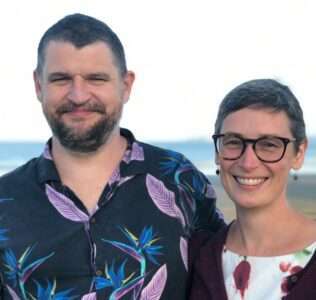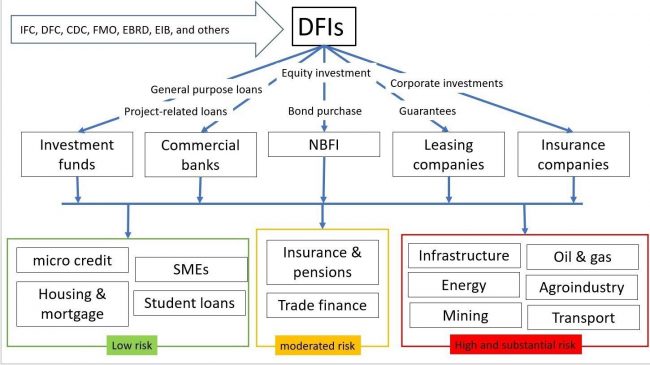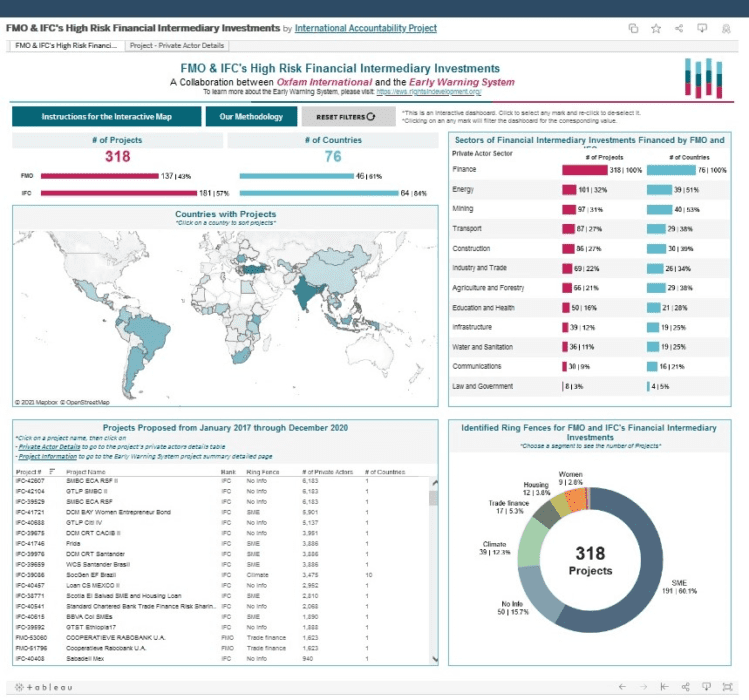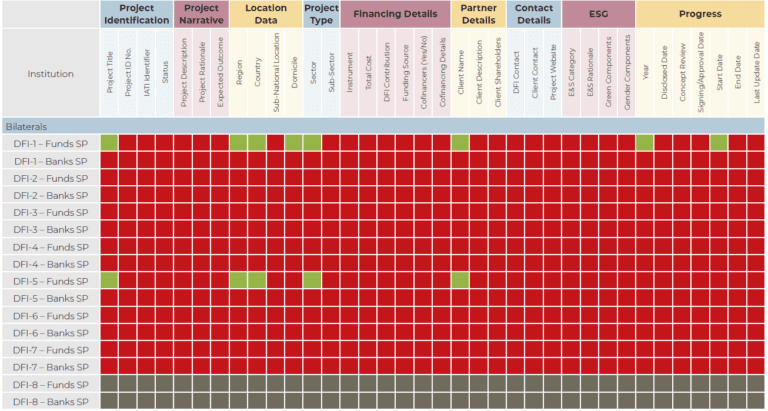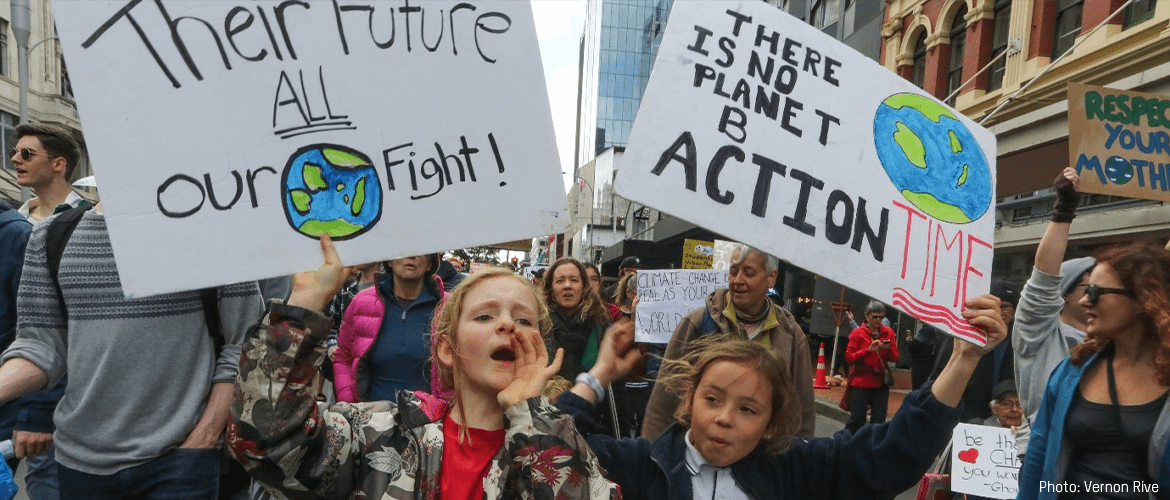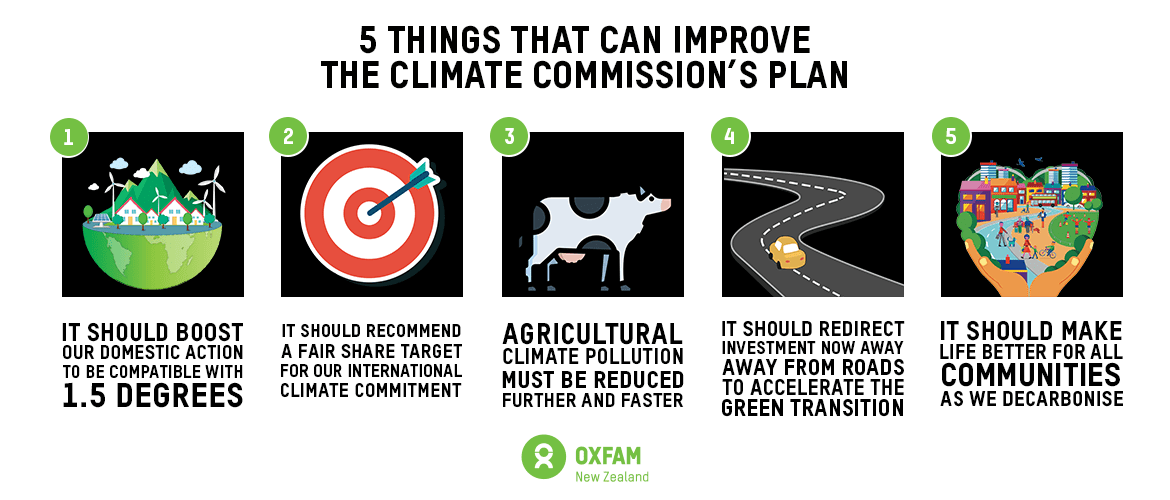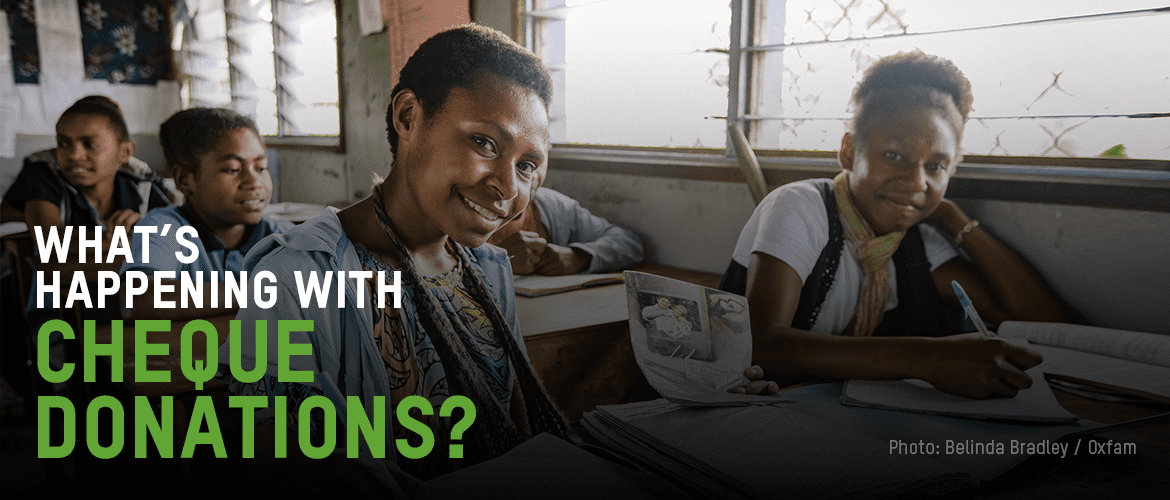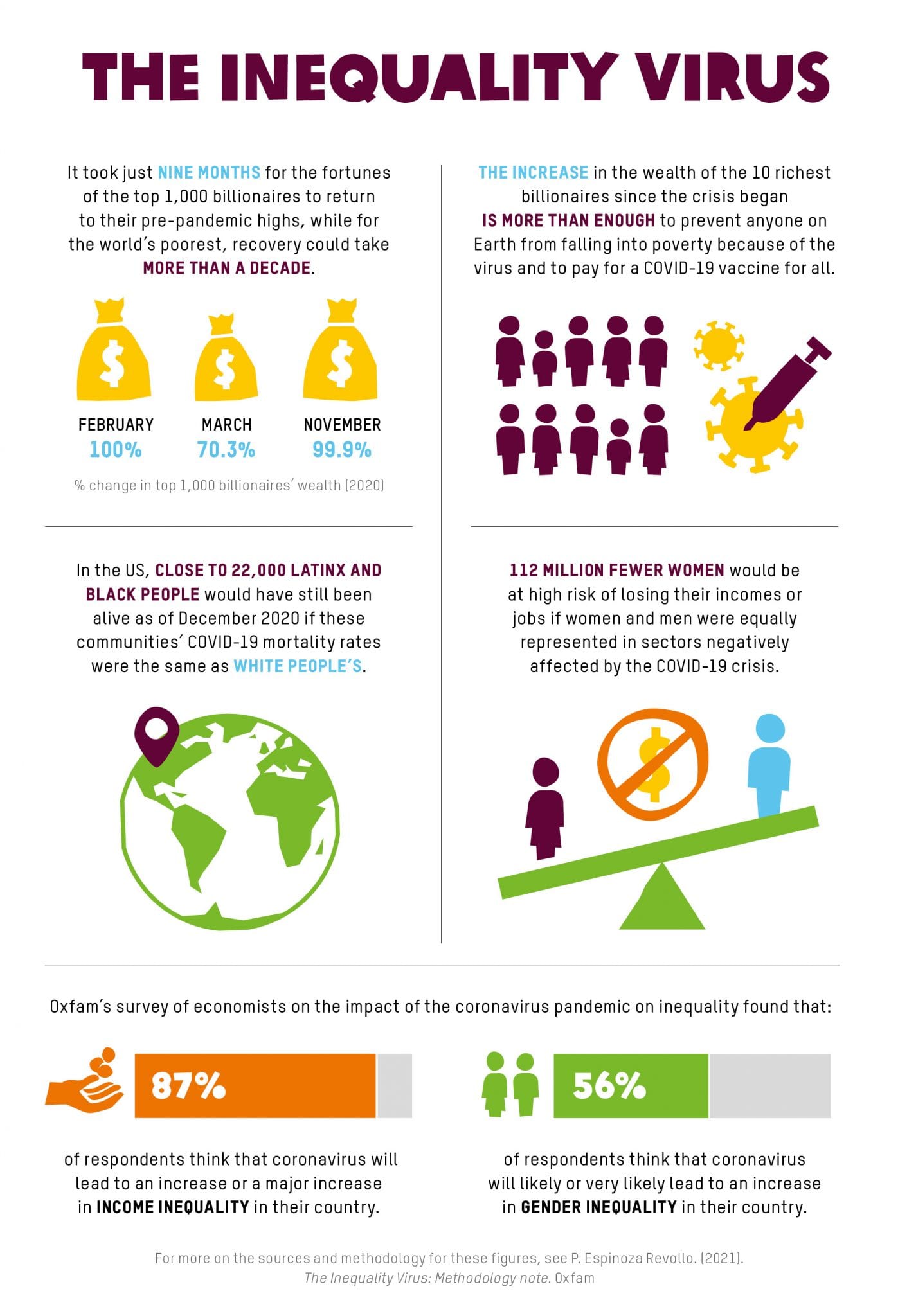Now and then, Oxfam and its supporters are part of something that defines who we are. Our history is punctuated with our part in big struggles. Always, together with others.
Sometimes we win; often we don’t, at least immediately – but we always take the side of those on the sharp end of our deeply unequal world.
Well, we’ve been at it again. Oxfam for the last two years has taken a historic side in the fight against vaccine apartheid. Last month marked a milestone in that struggle. We today want to recognize that journey (so far). And to thank people for their role in creating and powering this movement.
When COVID-19 began, we immediately knew that the vaccine would be vital to saving lives and ending the pandemic. But we also knew – through our history of work on access to medicines – that powerful big pharmaceutical corporations would use this opportunity to restrict supply, to put the opportunity for unprecedented profits before the lives of millions. With others, Oxfam set up the People’s Vaccine Alliance.
The ambitious idea? To break the powerful monopolies held over Covid-19 vaccines and technologies by some of the most powerful companies on earth, who in turn were protected by the richest governments on earth in a colonial manner. The collective aim? To help save the lives of millions of people from a deadly virus, and the compounding economic impacts, by developing countries being able to control their own vaccine supply. What it would look like? People from all walks of life coming together around the world in solidarity – joined by evidence, science, influential voices, united in hope that they have the power to demand better.
The journey
It began in May 2020, right at the inception of the pandemic, when we and others asked President Rhamaphosa of South Africa – who became the global leader on ending vaccine apartheid at the World Trade Organization – to come together with other world leaders on this issue. Since then Oxfam as part of the people’s vaccine alliance has produced powerful research – and got out the data to millions of people across the world. We’ve taken on the pharma companies directly – even directly in their AGM’s. We’ve mobilized millions and ensured voices from developing countries were heard. We’ve worked very closely with influential thought leaders and won over 150 former world leaders and Nobel Laureates behind this cause; worked with epidemiologists, health and economic experts, activists, celebrities and public figures the world over who have stood alongside us. We’ve fought to win over the public imagination (see this fun video).
Most importantly, some fifteen million people have joined us on this journey. A people’s movement.
And we saw 100 governments come on board. We even saw the US government come out in favour of a version of the proposal we pushed for a year ago – which was unprecedented. We saw a significant shift in the dial in the international community.
Where we stand today
Last month we saw a decision that was not something to celebrate about, but at the same time showed how far we have come. An agreement was made at the World Trade Organization (WTO) on vaccines and intellectual property. In no way was it the comprehensive waiving of intellectual property (IP) we had fought for, and we said so, together with many others. It was a weak text pushed through by bullying rich nations.
Nevertheless, despite all its flaws, it represents one clear thing: the recognition by rich nations that intellectual property and the monopolies of big pharmaceutical corporations are a block; and that this system is broken. The EU and others had consistently said that IP was not an issue in access to vaccines; now in the last few months they have changed tack, admitting that it was and then seeking to force through this weak agreement instead.
Our collective efforts were pivotal to forcing this turn around. Even the head of the WTO – who has been criticized for favouring rich countries – took the time out to criticize our efforts.
It’s been an unforgettable journey so far. We don’t want to single out individual affiliates and countries. We know how everyone has played a part. We want to thank you all.
The fight continues!
By no means have we won. The struggle continues. We must break those monopolies which have cost us – and we say this without exaggeration – millions of lives. But we have played our part in progress. We have to keep fighting for more. We have also helped build the secretariat for an entire new institution, backed by millions of dollars from donors, that has an exciting future head of it. The momentum we have created will help us to fight for a people’s vaccine – but also for universal healthcare, access to life-saving medicines, and for fighting inequality.
We especially feel proud that Oxfam has helped unite hundreds of organizations worldwide, and millions of people. We have played our part in uniting different movements – from trade to access to medicines to health to inequality to human rights and more.
They are clear – as we all must be – about an Oxfam that takes sides. That stands in solidarity with the many, against the rich and the powerful. That puts life over profit. That’s what defines us. We hope we can all feel proud about that.





